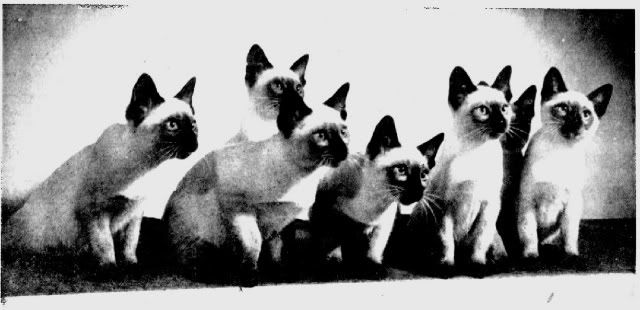I was planning to make a plate in aluminium using my Sherline CNC. The originals were likely made on a mill. I can get the aluminium offcuts pretty cheaply. I paid about $20 for the huge chunk my lathe sits on.
The original lens had 9 elements in 5 groups. I can't see why it should require all 9. The main thing is probably to get the first and the last right and maybe some of the middle ones.
The last one is going to be important to get the deep red glow effect. I think the tube is likely to be essential.
I haven't managed to find any good design details. But 1962 is before Nikon developed ED glass so the refractive index should be that of crown glass (1.55) which is the same as at least one type of clear epoxy. Problem is that smooth on don't seem to provide that detail for theirs and they are my local supplier.
Since the only real objective is to get an 8mm focal length (i.e. 180 degrees) and a 24mm circle of view, it may be possible to calculate the radiuses and positions in a spreadsheet.
It is not like this was the best ever lens Nikon made. It was taken off the market very soon after introduction. The performance did not meet the extraordinary cost. A short while later Nikon had an f/5.6 and then a f/2.8 that did not need the mirror lock up.
I wonder if part of the reason for the choice of lens was that it was not such a good design. It gives interesting internal reflections. It does not appear to be multicoated either (I think the first was 1969, after 2001 was made).
The original lens had 9 elements in 5 groups. I can't see why it should require all 9. The main thing is probably to get the first and the last right and maybe some of the middle ones.
The last one is going to be important to get the deep red glow effect. I think the tube is likely to be essential.
I haven't managed to find any good design details. But 1962 is before Nikon developed ED glass so the refractive index should be that of crown glass (1.55) which is the same as at least one type of clear epoxy. Problem is that smooth on don't seem to provide that detail for theirs and they are my local supplier.
Since the only real objective is to get an 8mm focal length (i.e. 180 degrees) and a 24mm circle of view, it may be possible to calculate the radiuses and positions in a spreadsheet.
It is not like this was the best ever lens Nikon made. It was taken off the market very soon after introduction. The performance did not meet the extraordinary cost. A short while later Nikon had an f/5.6 and then a f/2.8 that did not need the mirror lock up.
I wonder if part of the reason for the choice of lens was that it was not such a good design. It gives interesting internal reflections. It does not appear to be multicoated either (I think the first was 1969, after 2001 was made).





